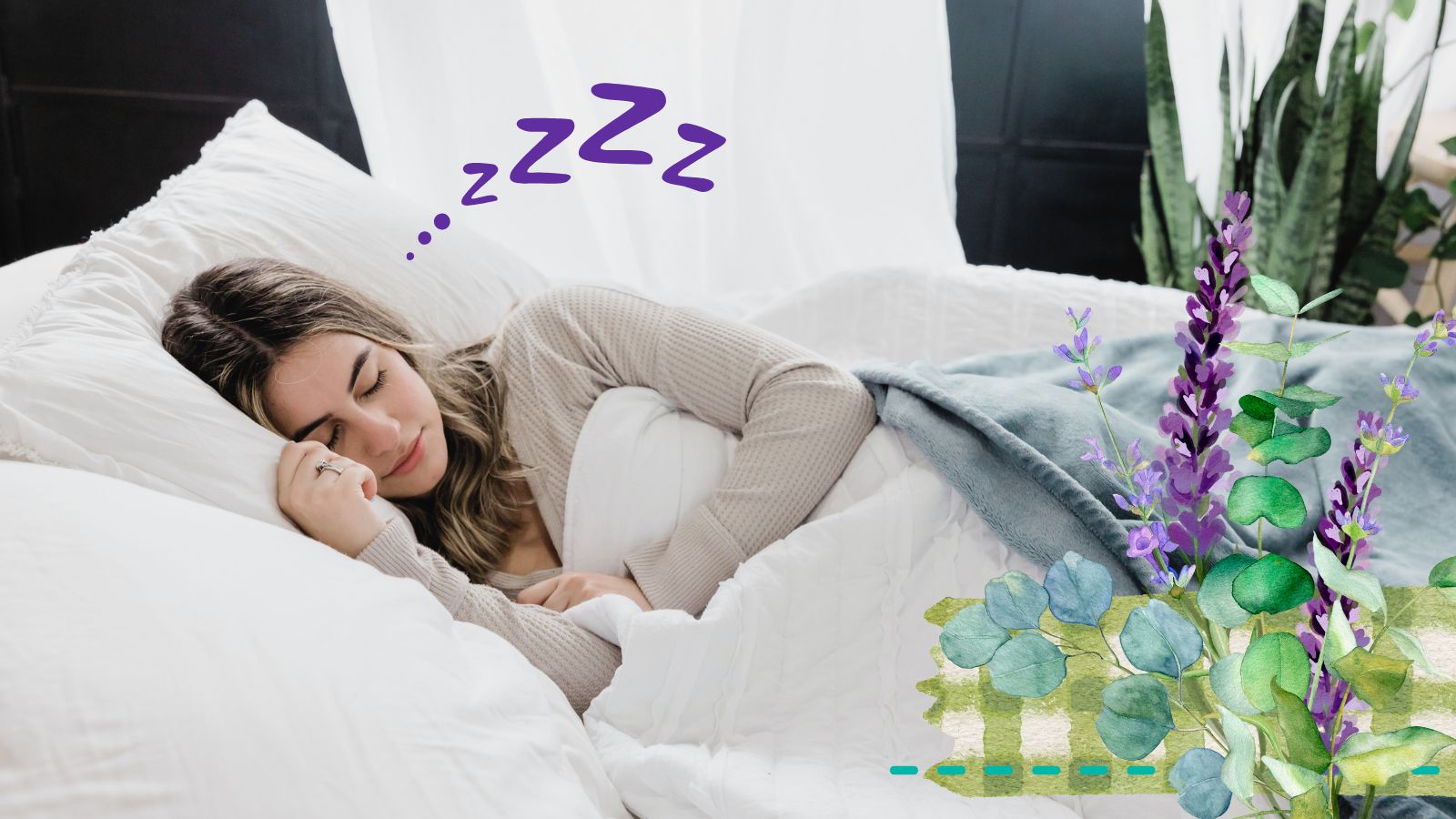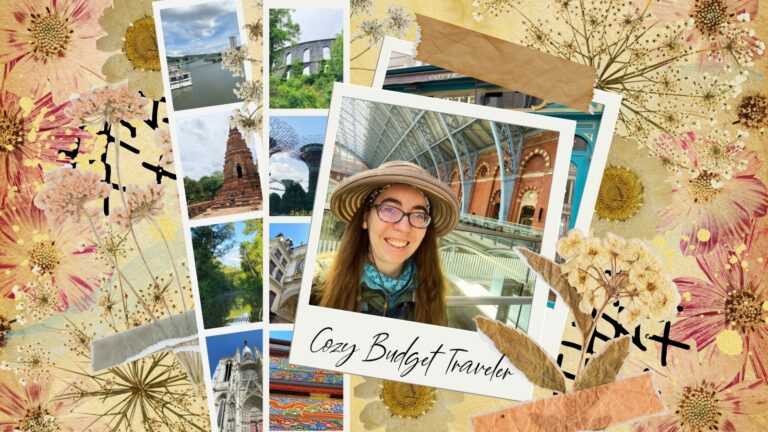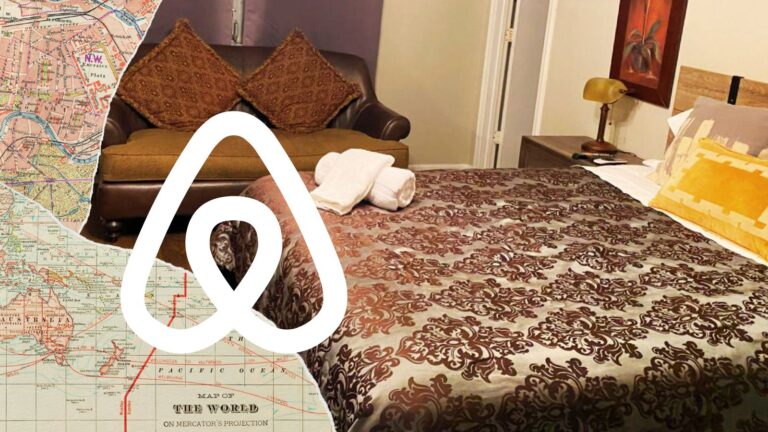Sleep Better While Traveling: Nighttime Tips for Stress-Free Rest
Somehow, sleep can feel like a luxury when you’re on the road. Between changing time zones, endless itineraries, and the thrill of exploring new places, sticking to a nighttime routine might not even be on your radar.
I try to stick to my own nighttime routine wherever I am. It may change slightly depending on whether I’m staying in a hostel or a long-stay apartment, but I generally try to keep the basics down.
Personally, I find it much easier to sleep in a strange location when I have my routine– it’s a little familiar “rock” in a river of travel craziness.
But here’s the thing: keeping a simple routine isn’t just about getting better rest (though that’s a win). It can make your trip smoother, help you shake off stress, and even leave you feeling more refreshed for the next adventure. When the excitement fades and exhaustion creeps in, a little structure is just what you need to keep the magic alive.
This post contains affiliate links. If you click on a link and buy something, I get a small percentage at no extra cost to you. Your support helps keep this blog running— thank you! Read full disclosure here.
First Step: Building a Routine
The first thing you need to do is develop a nighttime routing and stick to it.
When you’re doing new things every day, going to new places and meeting new people, it can be hard to keep a decent sleep schedule. I often get so excited about all the cool stuff I’m doing that the adrenaline just zooms around my body and won’t let me sleep!
Doing the same routine every day, right before bed, is kind of a signal to your brain that it’s time to go to sleep now. It lets you know it’s time to relax and “turn off.”
Try to go to bed at a consistent time.
Do the same things before bed, in the same order (brush teeth, wash face, etc.).
And don’t get sucked into your phone screen right before you try to sleep. Blue light is bad for sleep quality, so no matter how much you want to watch TikTok videos before bed, put the phone down.
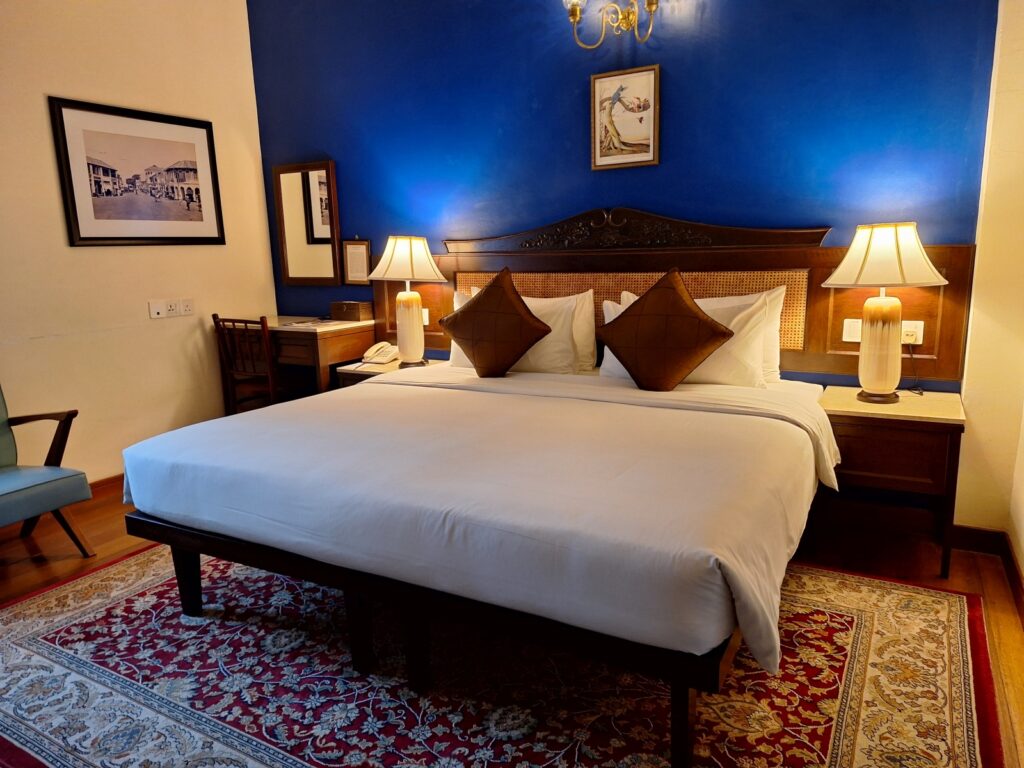
Preparing for a Good Night’s Sleep
Whether you’re crashing in a hostel, glamping under the stars, or surviving an overnight bus ride, a good nighttime setup can make the difference between feeling like a zombie and starting your day ready to explore.
Let’s get into the essentials that can help you prepare for some quality shut-eye while on the go.
Choosing the Right Travel Pillow
A good travel pillow is your first line of defense against a sore neck or restless, uncomfortable nights. Whether you’re sleeping upright in a plane seat or trying to get cozy at a roadside stay, the right pillow makes all the difference.
This is one thing that I’ve sacrificed in my suitcase (to make room for kitchen stuff), but it would’ve been SO much nicer having a proper pillow with me during the times I got stuck with a horrible pancake pillow.
Look for options that are compact, lightweight, and supportive, especially if you need every inch of space in your luggage. Memory foam U-shaped pillows are a classic pick for long flights, but I’ve never found them comfortable. Likewise, they’re not great for using on a bed.
Instead, try something like a compressible camping pillow. They squish down into a carrying case and don’t take up too much room
If you need something really small, consider inflatable pillows—they weigh next to nothing and pack down tiny. Camping stores have some good options, including ones with extra padding which make them more comfortable.
Pro tip: a travel pillow isn’t just for naps—you can use it as lumbar support for long drives or turn it sideways for side-sleeping comfort.
Blocking Out Light and Noise
If you’ve ever found yourself glaring at a too-bright hotel room light or roused awake by the sound of your neighbors through thin Victorian-era B&B walls, you know how much of a game changer light and sound blockers can be. Enter: sleep masks, earplugs, and white noise apps.
Comfortable, adjustable sleep masks with blackout features are best for keeping light noise at bay, whether you’re tucked into your hostel dorm bed or trying to grab some rest on a cross-country bus.
Noise-wise, soft silicone earplugs can work wonders on a budget if you need a quick fix. A lot of people like the Loop Quiet Earplugs, but I haven’t tried them myself yet. If you’re planning on using your earplugs EVERY night, upgrading to custom fit ones might be a good idea.
White noise apps on your phone can blot out sounds from chatty neighbors—or the occasional karaoke night happening right outside your room. I really like the rain sounds on the one I use, for instance.
Sleep Essentials
MZOO Sleep Eye Mask
Contoured eye cups with memory foam around the edges, so it really fits to your head.
Klymit Drift Camping Pillow
With shredded memory foam blocks inside, so it won’t ever get those weird lumps that sometime happen.
Loop Quiet 2 Ear Plugs
Reusable earplugs made from silicone that fit snugly into your ears.
Travel-Friendly Pajamas
This is actually a little bit of a divisive topic with some travelers, as it’s a tiny bit of a waste of space to have a whole separate set of pajamas. After all, you could just wear a regular t-shirt and some leggings.
But! I honestly think having clothes that are JUST for bed is helpful for building a good sleep routine. Getting changed into your pajamas, which you ONLY wear for sleep, sends another signal to your brain that it’s time for bed now.
That said, nothing interrupts a good wind-down faster than wearing the wrong sleepwear. Overheat in heavy fabrics or freeze in skimpy sets, and you’ve got a recipe for late-night discomfort. That’s why breathable, lightweight sleepwear is key.
Here’s what to prioritize:
- Fabrics like cotton, bamboo, or moisture-wicking blends for comfort across climates.
- Roll-up-ready pieces that won’t wrinkle or hog space in your luggage.
- Choose separates that can double as lounge clothes if you’re tight on space.
Think of travel-friendly pajamas as the MVP for combining comfort and practicality. Lounge sets look really cute, and you can always use them an emergency top if needed (like when you forget to do laundry before moving to a new hostel…ask me how I know).
Related: Female Digital Nomad Packing List (Carry-On Only)
More Comforts
If space allows, tuck a small, packable blanket into your bag—it doubles as warmth and a comfort item when you need a little homey touch during your adventures. Personally, I like to bring a silk sleep sack with me for just that reason.
Get cold feet a lot? Pack a pair of cozy socks, like these ones. Or if you want something that can do double-duty, bring a pair of wool socks! They’re great for staying warm and you can wear them multiple times before they start to stink.
Essential Bathroom Stuff
Travel can be like a rollercoaster for your skin. Flights, sun, outdoor adventures…it all takes a toll. Taking ten minutes at night to focus on skin care isn’t some bougie self-care trend; it’s survival mode for your face.
- Start with a gentle cleanser to wash away dirt, sweat, and sunscreen. Look for travel-friendly options in solid bar form or pre-moistened wipes if you’re short on space.
- Carry a hydrating serum or facial mist to restore moisture your skin loses during the day.
- Never forget a light, fast-absorbing night cream or moisturizer to lock in hydration for the night.
Pro tip: Staying hydrated isn’t just about your skin. Before knocking out, guzzle some water to keep things balanced inside. Travel-induced dry air (hello, airplane cabins) is real, so don’t skip this one.
End the night feeling refreshed, fit to slide under travel sheets!
Relaxation Techniques Before Bed
Travel days wear you out in ways you don’t expect. Whether you’re conquering airport lines or hitting every stop on your adventure list, the end of the day can feel overwhelming.
That said, winding down is just as important as getting through your itinerary. Practicing relaxation techniques before bed can help calm your mind, reset your body, and get you ready to dive into tomorrow.
Meditation and Breathing Exercises
Meditation and deep breathing aren’t just for yogis—they’re for anyone who struggles with a racing mind before bed, especially in unfamiliar places.
If you’ve ever found yourself lying awake replaying the day or planning the next one (guilty as charged!), here’s a quick fix:
- Start simple. Sit or lie down somewhere quiet, close your eyes, and take a deep breath in through your nose for four seconds. Hold it for seven seconds, then exhale slowly for eight seconds. Repeat this “4-7-8” cycle a few times. It triggers your body’s relaxation mode, which is key when your nervous system’s running on overdrive.
- Practice mindful meditation by focusing on your breath. Inhale deeply and think “in,” then exhale thinking “out.” If thoughts creep in (and they will), just bring your attention back to your breathing. No judgment.
- Use guided meditation apps like Calm or Headspace if sitting in silence feels awkward. These can simplify the process with soothing instructions and story-like narrations.
Even just 5-10 minutes every night can train your body into recognizing that this is the signal to slow down.
Read more: How to Practice Mindful Travel: Everyday Tips for Intentional Explorers

Mindfulness Travel Journal Prompts
Mindfulness Journal Prompts for Travelers is a printable, downloadable collection designed to help you reflect on your journey with clarity and purpose. From setting intentions before you leave to savoring quiet moments during your trip and processing your experiences when you return, this journal is your companion for thoughtful travel.
Using Aromatherapy or Essential Oils
A few drops of the right scent can do wonders to ease tension and create a sleep-friendly atmosphere, no matter where you are.
Key players in the aromatherapy game? Lavender, chamomile, and cedarwood. They’re like nature’s lullabies.
Here are some ways you can use them:
- Travel-sized essential oil rollers: Dab a little lavender oil on your temples, wrists, or neck about 20 minutes before bed.
- Alternatively, you can find some “sleep balm” products which are solids. Badger Sleep Balm is a classic and smells really nice.
- Portable diffusers: These fit neatly into backpacks and can freshen up budget rooms instantly, filling the space with calming vibes.
- If you prefer low-effort options, pack a lavender-scented pillow spray—it evaporates quickly, leaving you with a soothing aroma as you drift off.
Note: If you’re sharing a space with people, like in a hostel dorm, do NOT spray scents anywhere and try to avoid heavy perfume-like essential oils.
Final Thoughts
Travel doesn’t have to sabotage your nighttime habits.
Sticking to a routine can transform chaotic, on-the-go sleep into something restful—and even enjoyable. By mixing well-chosen gear, consistent habits, and a little bit of “you” in every setup, you’re setting yourself up not just for better sleep, but for better travel days.
Personalize your plan to reflect what makes you feel most grounded. Whether it’s a lavender roller, meditation app, or a perfectly-packed toiletry bag, these small touches bring comfort anywhere. Don’t just let sleep be an afterthought; give it some love and watch how it recharges your adventures.
Save to Pinterest
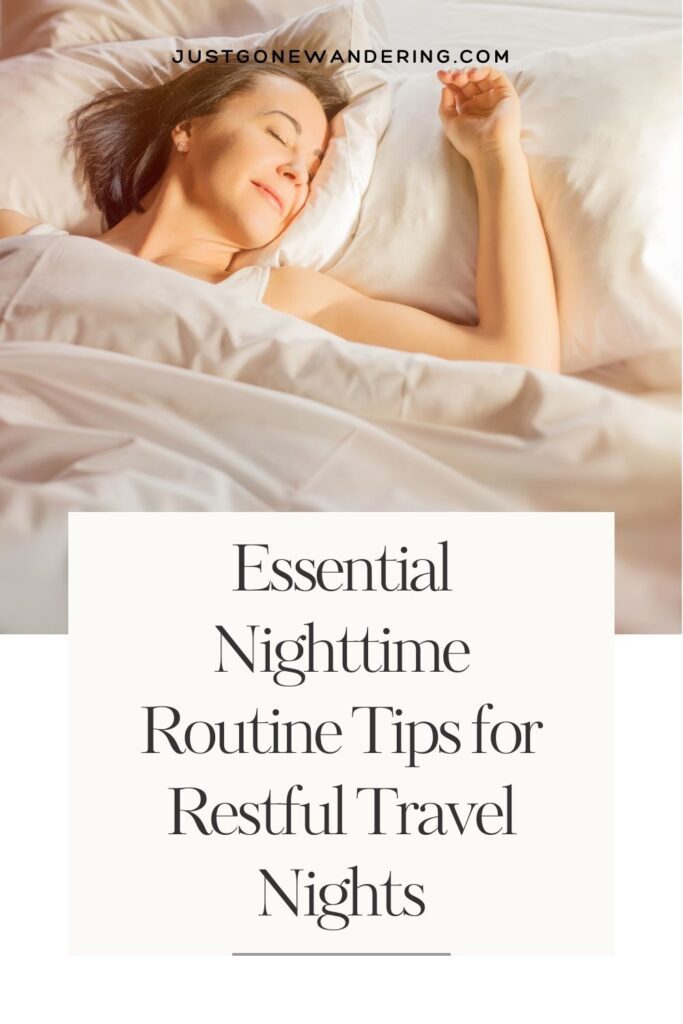
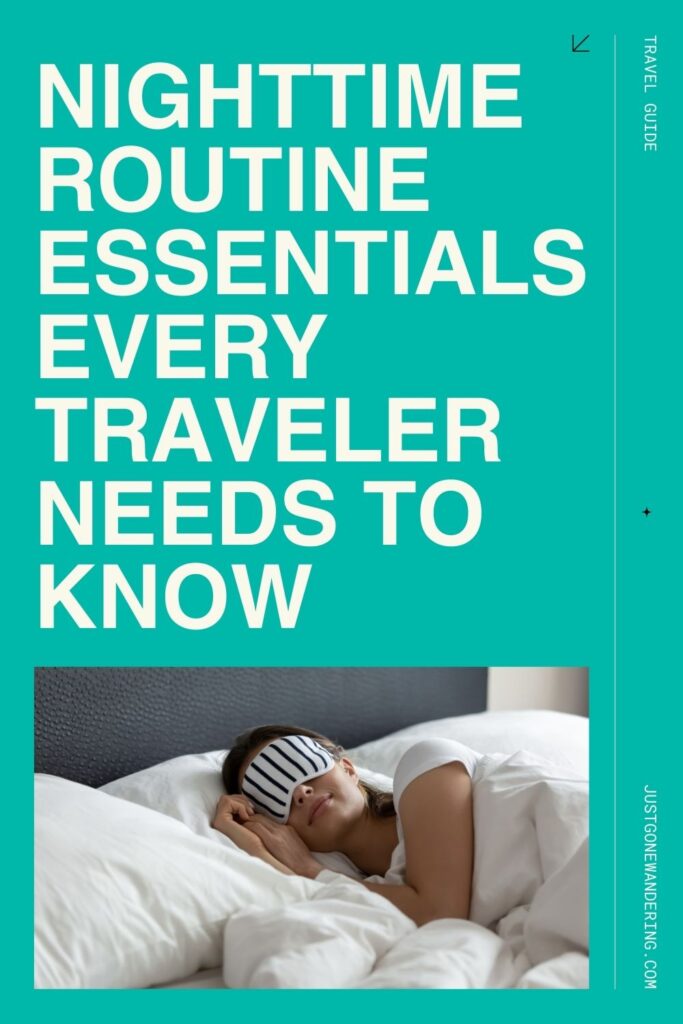
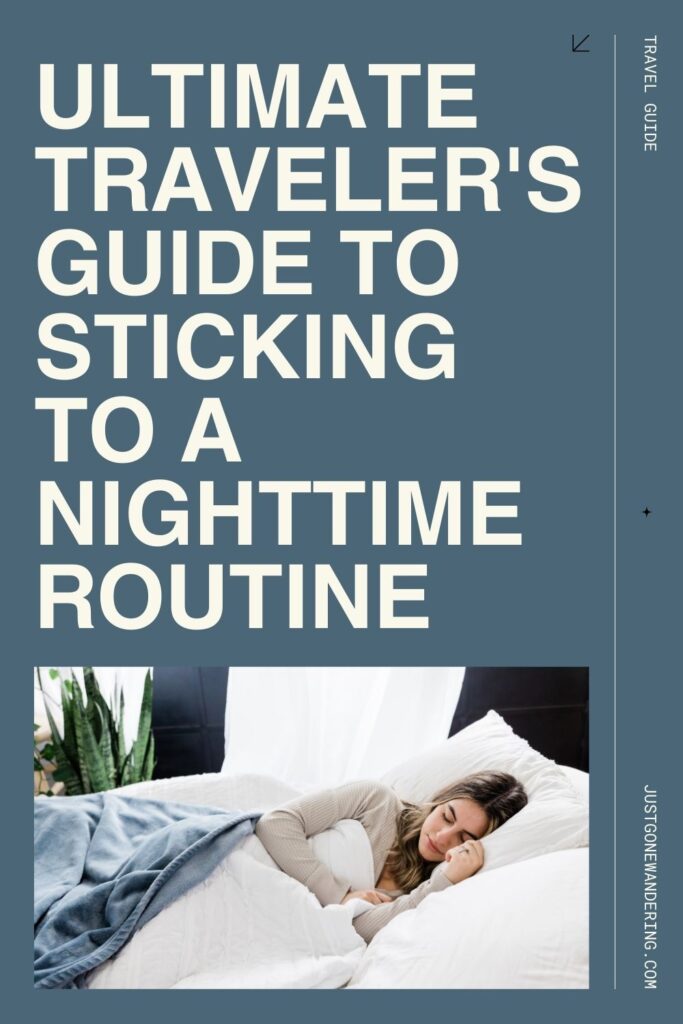
More Posts About Nomad Life
-
How to Never Forget Anything at Your Hotel Again
-
Should You Carry Your Passport Everywhere While Traveling?
-
The Best Travel Jobs for People Who Don’t Want to Be Stuck Online
-
The Hidden Costs of Being a Digital Nomad (What Instagram Doesn’t Show You)
-
The Mindful Travel Journal: Life-changing Benefits of Reflective Travel Writing

